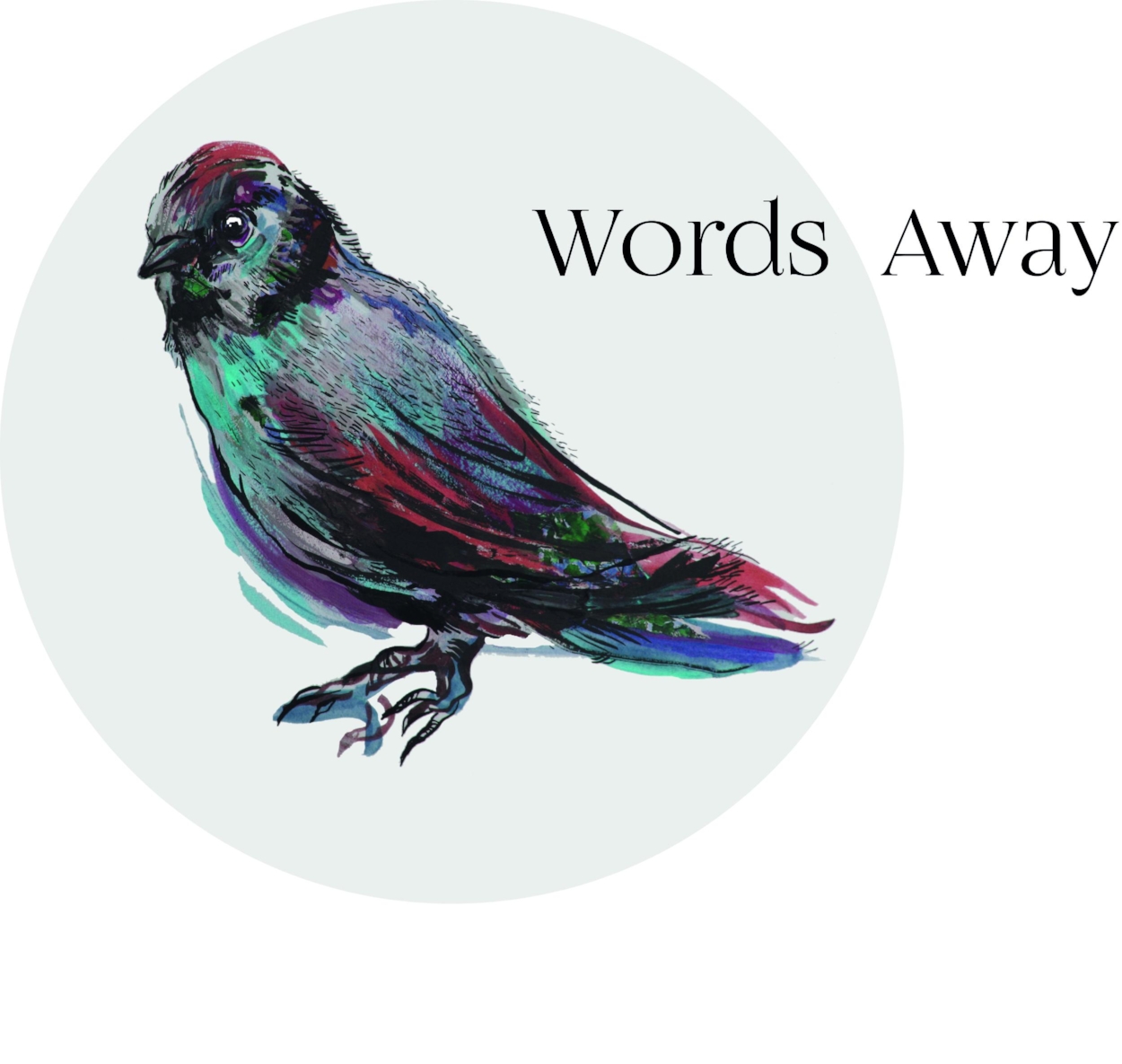How do you work out if your idea is a short story or a novel? You begin writing in one form only to discover that your work has mutated into something else entirely. I attended an excellent masterclass recently, Where The Narrative Leads, with Louise Doughty, run by the Word Factory. Who better to help you work out if your idea can go the distance or is destined to crystallise into a short story than with an award-winning novelist, screenwriter and short story writer? Tucked away in the basement of Waterstones Piccadilly, Louise chatted about her writing process, touching on the main aspects of plot and narrative structure. There was lots of opportunity to ask questions and do some exercises to apply to our own writing.
Word Factory founder & director, Cathy Galvin with Louise Doughty.
Who knows where the origin of a story comes from - something grabs the imagination and grows. Two of Louise’s novels, Apple Tree Yard and Black Water, were each inspired by an image of a single character in a situation and started as short story ideas. So why did those short stories turn into a novel? According to Louise there are two elements at work, the first being your character; Look at their biography. If, as Paul Klee suggested, ‘drawing is taking a line for a walk’ why not take your character for a walk. Ask questions of your character; what age are they? What year is the scene set? Interrogate history and events. Play around with what you find. When something starts bothering you - that could be your idea. Anything that feels ‘noteworthy’, find a way to get it in to your story. Join the dots and make connections. Secondly, scrutinise the world in which the character finds themselves; While on a visit to Bali and gripped by jet lag, Louise was seized by an image of a man mortally afraid and lying awake in a hut, listening to rain on the roof. She didn’t know anything about Indonesia or it’s history but set about finding out. Your own ignorance can be a driver more than the stuff you know about. Don’t be stymied by research; if it interests you it will interest the reader. Go and visit your novel - if possible. Walk it out. There’s no substitute for going on location. A pragmatic decision can become a thematic one. Find your way around the limits of your knowledge.
One of the most interesting parts of the evening was looking at the formal principals behind narrative structure. According to the filmmaker, Jean-Luc Godard, ‘All stories should have a beginning, middle, and an end, but not necessarily in that order.’ Referring to the Screenwriter’s Workbook by Syd Field, Louise suggested adapting a few screenwriters tricks to help structure your novel. There was a hand out with a diagram dividing the story into quarters, with a set-up, a mid point and a resolution. Three ‘plot points’ divided the narrative. A plot point takes the course of the narrative, turns it around and spins it in another direction. There’s no going back from this experience. A plot point is not an event that happens but rather when something has impacted on the character’s life to cause irrevocable change. It does not have to be large or dramatic. The point is change.
A plot point takes the course of the narrative, turns it around and spins it in another direction.
I loved hearing about Louise’s intuitive approach to writing which she described as a chaotic ‘jigsaw method’ and heartened to learn she writes without worrying too much about outcome. Inspired by an image or a subject she gets up and writes whatever comes into her head that day. Herein lies the joy! Researching along the way, she writes scenes, generates loads of material and leaves gaps as she writes. She’ll go back and fill those in later. She described the physical process of printing out the scenes, then laying it all out on the kitchen table or floor. She looks for her corner scenes, picks out the edges and what might be the beginning or end. She maps it all out into piles of three or four and from this she has a working draft. If overwhelmed she simplifies the story, cutting scenes ruthlessly.
If you've never been to a Word factory event, I urge you to go. The guest authors are brilliant if not legendary and, whether you're a beginner or seasoned scribe, the atmosphere is welcoming and writer friendly. If you’d like a flavour of previous masterclasses click here to read about a couple with Neil Gaiman and Tessa Hadley. It was a great evening with thanks to Louise Doughty, Cathy Galvin and the Word Factory team. I’ve scarpered back to my writing cave to see if I can put some of what I’ve learned into my own writing. Let’s see what the summer brings.
Kellie
PS: With Louise Doughty’s masterclass in mind, YA author Non Pratt has blogged brilliantly about her approach to writing and revising a novel. And thinking about ‘plot points’ and change, I love editor and writing mentor Andrew Wille’s blog highlighting the wisdom of Ursula Le Guin in Steering The Craft:
“Conflict is one kind of behaviour. There are others, equally important in any human life, such as relating, finding, losing, bearing, discovering, parting, changing. Change is the universal aspect of all these sources of story. Story is something moving, something happening, something or somebody changing.”
Links: The Word Factory, Louise Doughty, Paul Klee, Jean-Luc Godard, The Screenwriter's Workbook by Syd Field,



